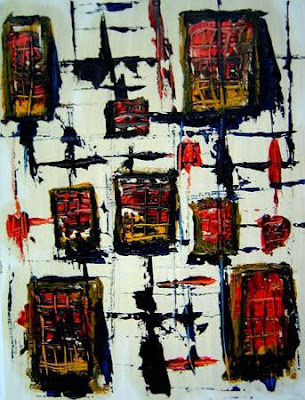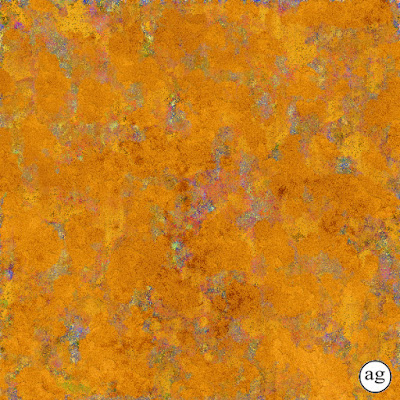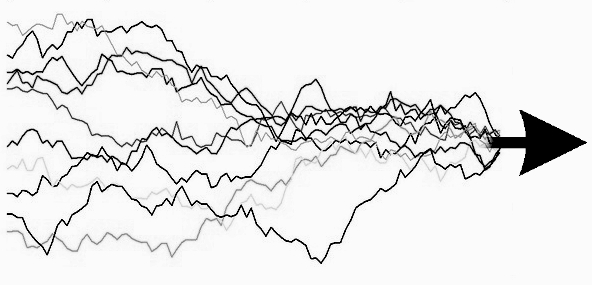###
ANTILOG_02July18a
###
20:25 2018-07-02
- As I have mentioned a hundred times, in the Summer of 2001, I began an interdisciplinary art-research project called The History-Project;
- This project began with a series of paintings which I called "History-Paintings"; The idea was that I was "reinventing" the historical painting genre for the 21st century;
- I asked myself, What would the historical painting look like in 2001?; I then decided that I would "paint the concept(s) of History";
- So that was the basic premise of the project, to paint the concept(s) of History;
- The very first painting I made in this new genre was...
 |
| History-Painting circa 2001. A.G. (c) 2018. All Rights Reserved. |
- So that was what I came up with in the Summer of 2001, as the painting of the "concept(s) of History"; But more recently, in fact a couple of days ago, I came up with another sample of what "history" could look like, in this case a form of PATINA, of an aged and distressed SURFACE;
 |
| SUNBURST. A.G. (c) 2018. All Rights Reserved. |
- So in this case we have a "weathered" surface or "texture", a synthetic texture to be sure, designed entirely by digital means;
- Now what I am thinking about the History-Painting is a kind of graphic mixing random walks with an arrow of general direction;
 |
| Arrow of Time. A.G. (c) 2018. All Rights Reserved. |
- The idea is that "history" moves forward, it hedges up forwards, it never looks back; All representations of the concept(s) of HISTORY have to be forward-heading; That's what I realize now at this late stage. More to come...




























